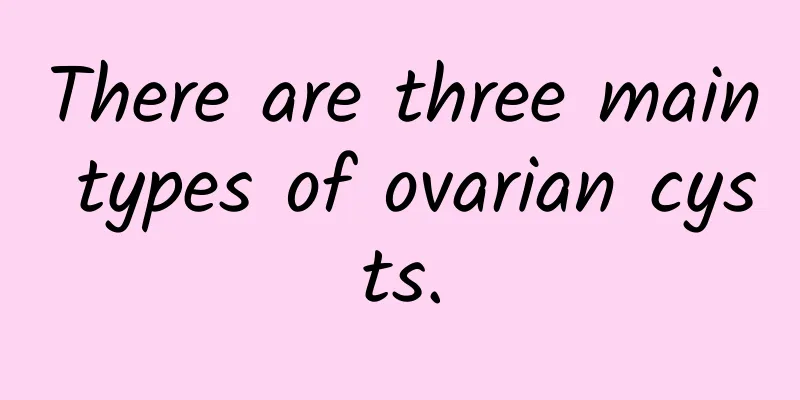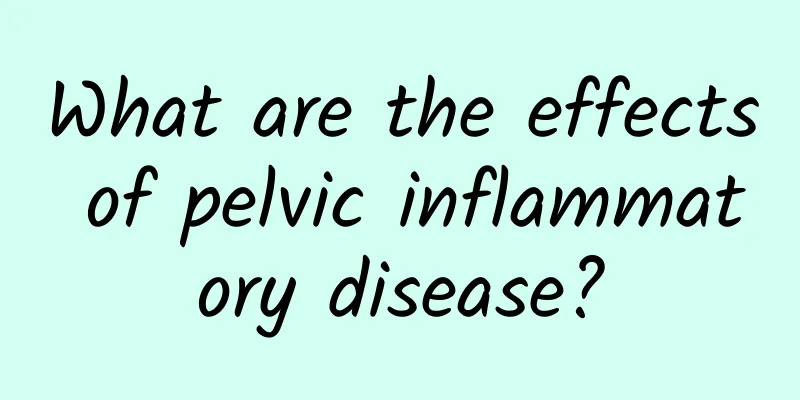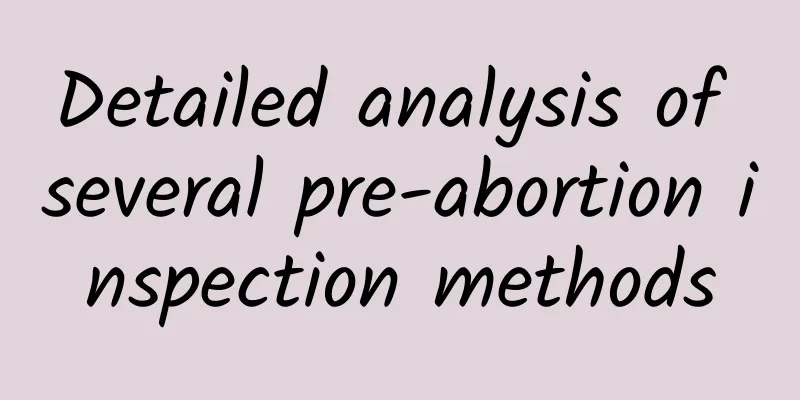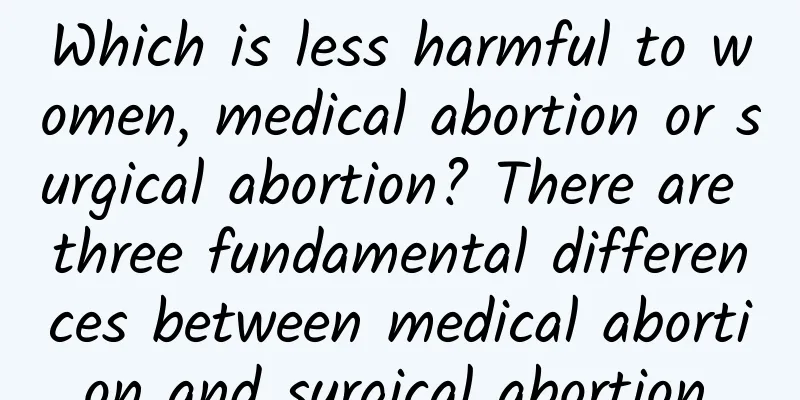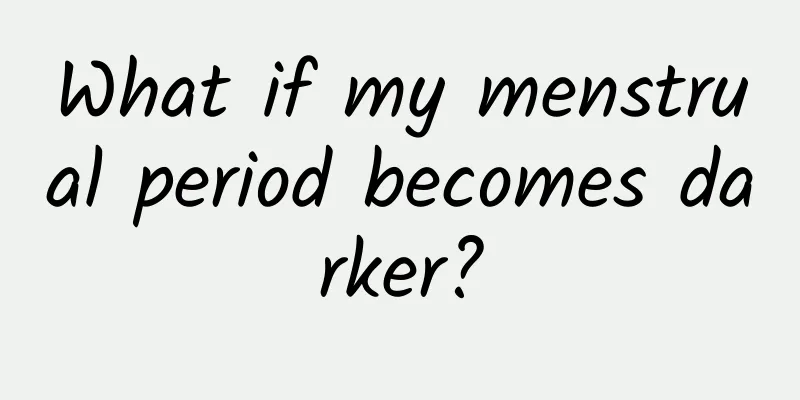What drugs can treat uterine fibroids?

|
What drugs can treat fibroids? The treatment of uterine fibroids depends on the patient's age, the presence or absence of symptoms, the location, size, growth rate, number of the fibroids, the deformation of the uterus, whether reproductive function is retained, and the patient's wishes. 1. Expectant treatment: The fibroids are small, asymptomatic, without complications or degeneration, and have no impact on health. For perimenopausal patients, there are no clinical symptoms. Considering that ovarian dysfunction may cause the fibroids to shrink or shrink. Expectant treatment can be adopted for the above cases, that is, regular clinical and imaging follow-up observations are carried out every 3 to 6 months. The treatment is decided based on the review results. Usually, fibroids shrink naturally after menopause, so no surgery is needed. However, patients with fibroids who are over 40 years old may still be several years away from menopause, so surgery can also be considered. But conservative medication can be used before surgery, and those who are effective can temporarily avoid surgery. It should also be noted that in a small number of postmenopausal women with fibroids, the fibroids do not shrink but grow larger, so follow-up should be strengthened. 2. Drug therapy There are many new developments in drug therapy. 1. Young people who want to preserve their fertility. Those who are infertile or have miscarriage due to fibroids at childbearing age. After drug treatment, the fibroids shrink and promote conception and fetal survival. 2. For premenopausal women, the fibroids are not very large and the symptoms are mild. After taking the medicine, the uterus will shrink and menopause will occur, and the fibroids will shrink accordingly, thus avoiding surgery. 3. Patients who have surgical indications but currently have contraindications and need to be treated before surgery. 4. Patients with concurrent medical or surgical diseases who are unable to undergo surgery or are unwilling to undergo surgery. 5. Before choosing drug treatment, it is advisable to perform diagnostic curettage and endometrial biopsy to exclude malignant changes, especially for those with menstrual disorders or increased menstrual flow. Curettage has both diagnostic and hemostatic effects. |
<<: Is pelvic effusion 22×15mm serious?
>>: Symptoms of premature ovarian failure
Recommend
What are the treatments for right ovarian cysts and what should we pay attention to in our daily life?
What are the treatments for right ovarian cysts? ...
Can I eat banana chips after an abortion? What are the dietary precautions after an abortion?
Banana chips are made from sliced and dried ban...
What are the dangers of menopause?
The harm of premature menopause to women. Due to ...
Can you rely on it to lose weight and eliminate edema? Red bean rice VS red bean water!
Obesity and edema have always been the nemesis of...
What are the auxiliary examinations for acute adnexitis?
Acute adnexitis mostly occurs in women of childbe...
How to prevent vulvar itching most effectively
Vulvar pruritus can be prevented by some precauti...
How to relieve fatigue caused by changing seasons? 5 great nutrients! Nutritionist: Supplementing zinc and iron can help you get rid of poor complexion and lack of energy
With the recent change of seasons, the temperatur...
Why does pelvic peritonitis take so long to heal?
In fact, our bodies generally have a certain abil...
Princess Kate's postpartum anorexia nutritionist: Too thin is dangerous
According to media reports, Britain's Princes...
How do women get chronic cervicitis? How should women with chronic cervicitis be treated?
Although chronic cervicitis is a very common dise...
Symptoms of uterine and cervical hypertrophy
Uterine and cervical hypertrophy may cause sympto...
No diamond legs! Tiptoe water bottle exercise to reduce edema
The powerful Vajra Kick in Shaolin Soccer can mak...
Can dysmenorrhea be cured?
Can dysmenorrhea be cured? Dysmenorrhea is no lon...
What foods should patients with pelvic peritonitis not eat?
Pelvic peritonitis is a common and serious gyneco...
Patients with pelvic inflammatory disease should be cautious when taking antibiotics
Many patients with pelvic inflammatory disease ho...
